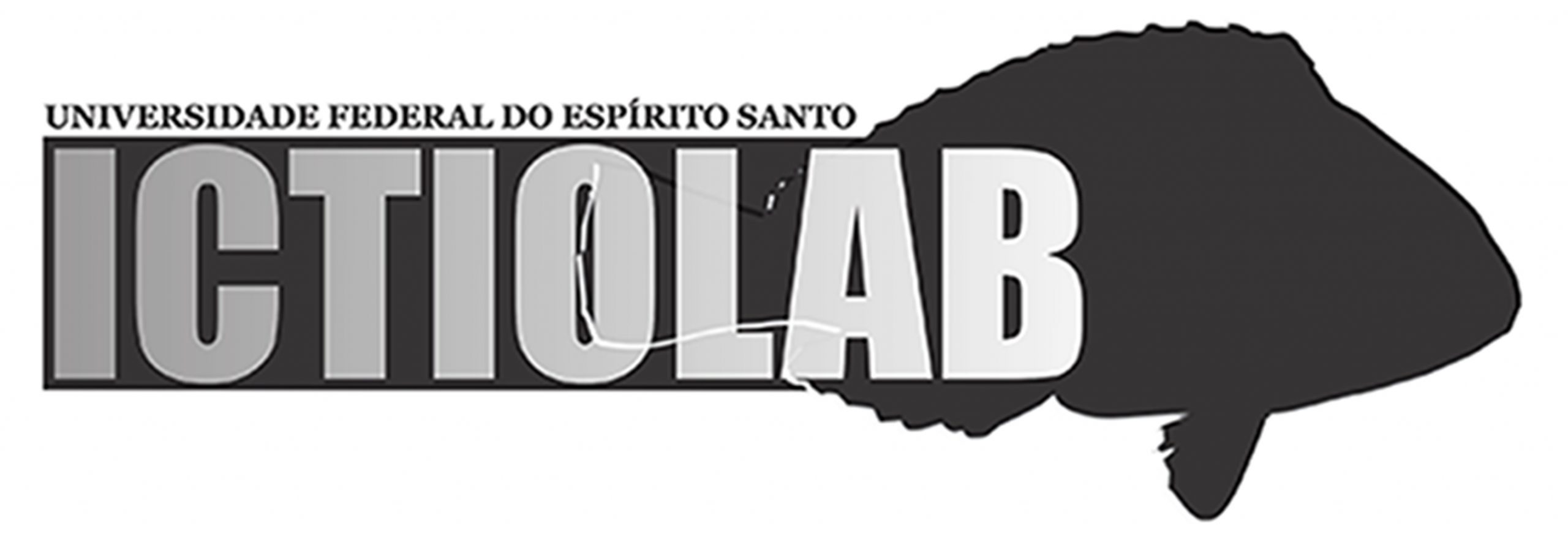Versão em português abaixo
The red porgy (Pagrus pagrus) is a carnivore bottom dweller sparid, inhabiting flat sandy bottoms, rhodolith and seagrass beds of the Mediterranean Sea, the Western Atlantic (from Florida to Argentina) and the Eastern Atlantic (from Britain to Gabon). Along its native range, the red porgy is highly targeted by commercial and artisanal fisheries. In the past 40 years, the population decline of the species has been widely reported. In many locations, such as the Brazilian coast, stocks have collapsed. The central portion of the Brazilian coast harbours the largest rhodolith beds in the world and the highest levels of nektonic and benthic biodiversity. Along the rhodolith megahabitat, P. pagrus density is disproportionately higher (by 480%) than that of conspicuous benthic fishes inhabiting the same environment. Despite the ecological and economic importance of such an important species along its native range, little is known regarding its habitat use, niche availability and population responses to global warming. Here we present habitat affinities based on data sampled using baited remote stereo-video systems, and modelled niche availability and global warming populational responses.

Our findings reveal that the red porgy is a species highly associated with rhodolith beds along the central portion of the Brazilian coast. The presence of a disproportional density and biomass of the red porgy, compared to other marine fish species, indicates that the species plays a key ecological role as a carnivore, mesoconsumer and prey/predator tolerant species, maintaining essential ecological functions in the habitat. In a global warming scenario, the model predicted populational niche shifts poleward and severe niche erosion at lower latitudes as expected. Conservation initiatives (implementation of Maine Protected Areas, trawling exclusion zones, mining exclusion zones, fisheries management policies) are urgent to secure future stocks of the red porgy and also preserve the fragile rhodolith beds they inhabit.


probabilities in a future (2100-RCP8.5) global warming scenario.
Check it out in our Published papers!
Disponibilidade de nicho e afinidade de habitat do pargo Pagrus pagrus (Linnaeus, 1758): um importante agente ecológico no maior banco de rodolitos do mundo

O Ictiolab tem desenvolvido pesquisas sobre ecossistemas marinhos pouco conhecidos, usando métodos inovadores. Dentre destes ecossistemas, bancos da cadeia submarinha Vitória-Trindade, recifes artificiais, bancos de rodolitos, “recifes esquecidos” do sul da plataforma de Abrolhos ou zonas mesofóticas em Noronha, Trindade, Abrolhos e no Espírito Santo. Este novo estudo foca no pargo (Pagrus pagrus), um carnívoro, habitante de fundos arenosos, bancos de rodolitos e pradarias marinhas do Mar Mediterrâneo, o Atlântico Oeste (da Flórida à Argentina) e Atlântico oriental (da Grã-Bretanha ao Gabão). Altamente visado pela pesca, o declínio populacional da espécie tem sido amplamente relatado nos últimos 40 anos. Em muitos locais, como a costa brasileira, os estoques entraram em colapso. Nós usamos vídeos submarinhos remotos com isca (BRUVs – Baited Remote Underwater Videos), filmando uma hora entre 7 e 93 m de profundidade no Espírito Santo e Rio de Janeiro durante a primavera e o verão para determinar a abundância, padrão de uso do habitat, disponibilidade de nicho e respostas da população desta espécie ao aquecimento global. Em relação a este último ponto foram computadas as previsões de nicho fundamental e área do tempo presente, probabilidades fundamentais de nicho e áreas no cenário futuro (2100-RCP2.6), e no pior cenário futuro (2100-RCP8.5).
A porção central da costa brasileira abriga os maiores bancos de rodolitos do mundo e os mais altos níveis de biodiversidade nectônica e bentônica. Neste mega habitat, a densidade de P. pagrus é desproporcionalmente mais elevada (em 480%) do que a dos outros peixes bentônicos e demersais conspícuos que habitam o mesmo ambiente. As descobertas do Ictiolab revelam que o pargo é uma espécie altamente associada a bancos de rodolitos ao longo da porção central da costa brasileira. A sua desproporcional densidade e biomassa em comparação com outras espécies de peixes indica que o pargo desempenha um papel ecológico fundamental como espécie carnívora, mesoconsumidora e tolerante a presas/predadores, mantendo funções ecológicas no habitat. Num cenário de aquecimento global, o modelo previu que o nicho populacional se deslocasse para o sul e que se verificasse uma redução severa do nicho em latitudes mais baixas, como esperado. Iniciativas de conservação (implementação de Áreas Protegidas do Maine, zonas de exclusão de arrasto, zonas de exclusão mineira, políticas de gestão da pesca) são urgentes para assegurar os estoques futuros do pargo e também para preservar o frágil ecossistema de rodolitos que essa espécie habita.
Confira na nossa página de Artigos publicados!
